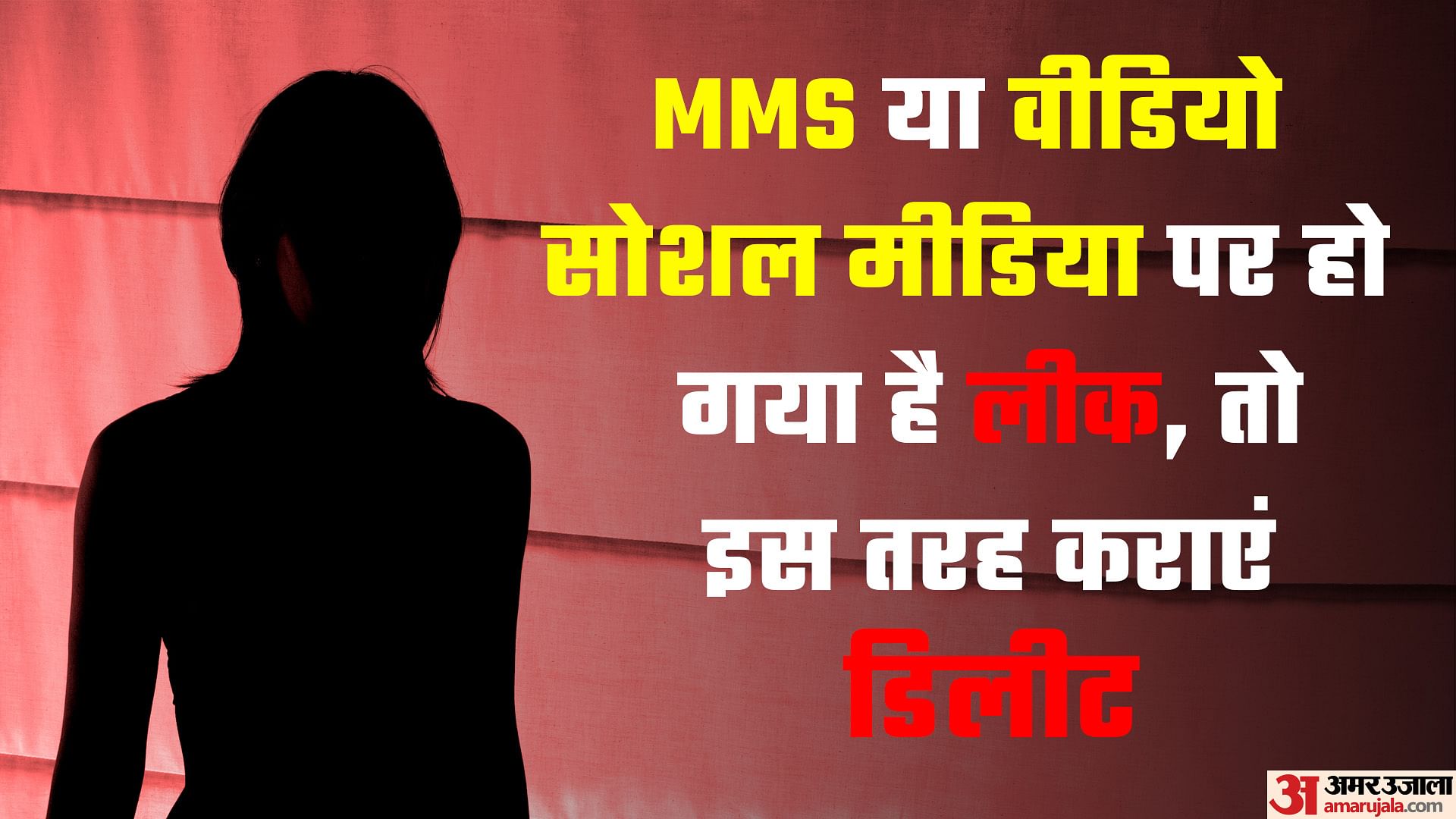Desi Viral MMS Video: The Untold Story Behind The Sensation
You’ve probably heard whispers about it, maybe even seen it shared across social media. The "Desi Viral MMS Video" has become a trending topic, sparking conversations, debates, and curiosity worldwide. But what exactly is this phenomenon, and why has it captured the attention of so many? Let’s dive into the details, explore the backstory, and uncover the truth behind this viral sensation.
Now, let’s get real for a second. The term "Desi Viral MMS Video" isn’t just some random phrase thrown around online; it represents a cultural moment that’s bigger than you might think. From its origins to the impact it’s had on society, this story isn’t just about a video—it’s about how information spreads in today’s digital age.
Before we go any further, let’s set the tone. This isn’t just another clickbait article. We’re here to break it down for you, give you the facts, and help you understand the bigger picture. So, buckle up, because we’re about to take you on a journey through the world of viral content and its implications.
- Tamilblasters New Link 2025 Is It Safe Find Tamil Movies Legally
- Online Movie Streaming Safety What You Need To Know Now
What Exactly is the Desi Viral MMS Video?
Alright, so let’s start with the basics. The Desi Viral MMS Video refers to a specific clip that originated in South Asia but quickly gained international attention. It’s not just any video—it’s a piece of content that taps into cultural, social, and even political discussions. According to data from Pew Research, viral videos like this one often reflect the interests and concerns of modern audiences.
Here’s the kicker: the video itself isn’t necessarily groundbreaking in terms of production quality or storyline. What makes it stand out is the way it resonates with viewers. Think of it like a digital wildfire—once it catches, it spreads fast.
Why Did It Go Viral?
Let’s talk about the factors that contributed to its massive reach. First off, timing is everything. The video hit the internet at a moment when people were already scrolling more than ever. Add to that the element of mystery—people wanted to know what all the fuss was about.
- Movierulz 2025 Is Free Movie Download Worth The Risk
- Faith Hills Rise Exploring Her Youth Career Mustread
Another key factor? Social media algorithms. Platforms like Instagram, TikTok, and Twitter are designed to amplify content that generates engagement. So, when users started sharing, commenting, and reacting, the video shot to the top of the trending charts.
Understanding the Cultural Impact
Now, let’s zoom out and look at the bigger picture. The Desi Viral MMS Video isn’t just a piece of entertainment; it’s a cultural phenomenon. It highlights the power of digital media to shape public opinion and influence behavior.
In a world where information travels faster than ever, content like this can spark conversations about identity, representation, and even privacy. According to a report by the International Journal of Communication, viral videos often serve as a mirror to societal values and norms.
How Does It Relate to Global Trends?
Here’s the thing: this video isn’t an isolated incident. It’s part of a larger trend where digital content becomes a tool for cultural expression. From music videos to short clips, creators are using platforms to share their stories and connect with audiences worldwide.
And let’s not forget the role of influencers. Celebrities and online personalities often amplify viral content, giving it even more exposure. It’s like a snowball effect—once it starts rolling, it’s hard to stop.
Breaking Down the Controversy
Of course, with great viral success comes great controversy. The Desi Viral MMS Video hasn’t been without its critics. Some argue that it exploits cultural stereotypes, while others see it as a celebration of diversity.
But here’s the deal: controversy sells. It generates buzz, sparks debates, and keeps people talking. According to a study by the Harvard Business Review, controversial content tends to perform better online because it evokes strong emotions.
Is It Harmful or Helpful?
That’s the million-dollar question. On one hand, the video has brought attention to important issues like representation and inclusion. On the other hand, some worry that it perpetuates negative stereotypes.
Ultimately, the impact depends on how viewers interpret and engage with the content. It’s up to us as consumers to think critically and decide for ourselves.
The Role of Social Media Platforms
Let’s talk about the platforms that made this video a sensation. Social media sites like TikTok, Instagram, and Twitter play a crucial role in amplifying viral content. Their algorithms are designed to prioritize engaging content, which means videos with high interaction rates get more visibility.
But here’s the catch: these platforms also have a responsibility to ensure that content is appropriate and doesn’t violate community guidelines. That’s why many sites have implemented stricter policies around viral videos.
What Are the Platforms Doing About It?
Some platforms have taken steps to address concerns about viral content. For example, TikTok has introduced tools to help creators manage their privacy settings. Meanwhile, Instagram has rolled out features to combat misinformation and harmful content.
Still, the challenge remains: how do you balance free expression with responsible content moderation? It’s a question that tech companies are still grappling with.
Behind the Scenes: The Creators
Let’s shift gears and talk about the people behind the video. Who are they, and what inspired them to create such a viral sensation? While we don’t have all the answers, we do know that many creators draw inspiration from their personal experiences and cultural backgrounds.
Here’s a quick breakdown of the key players:
- Creator A: Known for producing engaging content with a focus on South Asian culture.
- Creator B: A rising star in the digital space, known for her unique style and storytelling.
- Producer C: An industry veteran with a knack for identifying trends and turning them into viral hits.
What Drives Them?
For many creators, the motivation goes beyond likes and shares. They want to tell stories that matter, connect with audiences, and make a difference. According to a survey by Creator Economy, most content creators cite passion and creativity as their primary drivers.
But let’s be real—money plays a role too. Successful viral videos can generate significant revenue through sponsorships, ads, and merchandise. It’s a business, after all.
The Legal Implications
Now, let’s tackle the legal side of things. When a video goes viral, questions about copyright, privacy, and consent often arise. Who owns the content? What rights do creators have? And what about the people featured in the video?
According to the World Intellectual Property Organization (WIPO), creators have certain rights under copyright law. However, enforcing those rights can be tricky, especially when content spreads across multiple platforms.
How Can Creators Protect Themselves?
Here are a few tips for creators looking to safeguard their work:
- Register your content with a copyright office.
- Use watermarks and other identifiers to prove ownership.
- Monitor your content regularly for unauthorized use.
And let’s not forget about privacy. If your video features real people, make sure you have their permission before sharing it online.
The Future of Viral Content
So, where do we go from here? As technology continues to evolve, the landscape of viral content will undoubtedly change. We can expect to see more advanced features, better algorithms, and even new platforms emerging.
But one thing is certain: the power of viral content isn’t going anywhere. It’s a force that shapes culture, influences behavior, and connects people across the globe.
What’s Next for the Desi Viral MMS Video?
Only time will tell. Will it continue to trend, or will it fade into obscurity like so many other viral sensations? One thing’s for sure—it’s left its mark on the digital world, and that’s something worth celebrating.
Final Thoughts
In conclusion, the Desi Viral MMS Video is more than just a clip on the internet. It’s a reflection of our times, a testament to the power of digital media, and a reminder of the importance of responsible content creation.
So, what do you think? Do you see this video as a positive influence or a cause for concern? Let us know in the comments below, and don’t forget to share this article with your friends. Together, we can keep the conversation going.
Table of Contents
What Exactly is the Desi Viral MMS Video?
Understanding the Cultural Impact
The Role of Social Media Platforms
Article Recommendations
- Best Ways To Watch Movies Online Your Streaming Guide
- Patrick Mahomes Daughter Special Needs The Truth Revealed



Detail Author:
- Name : Miss Charlotte Mosciski DVM
- Username : zblanda
- Email : mortimer16@yahoo.com
- Birthdate : 1985-10-10
- Address : 634 Hunter Expressway Suite 597 Marvinport, OK 91105-2371
- Phone : 1-856-225-7808
- Company : Runte, Sauer and Nikolaus
- Job : Typesetting Machine Operator
- Bio : Perspiciatis odit quo magni dolore enim consequatur. Quia quam quos eos id quasi porro eum. Non asperiores qui perferendis ut magnam quia tempora.
Socials
facebook:
- url : https://facebook.com/torpe
- username : torpe
- bio : Sunt distinctio ipsum qui quo quaerat provident excepturi aut.
- followers : 3953
- following : 1916
linkedin:
- url : https://linkedin.com/in/eliane2844
- username : eliane2844
- bio : Quia et quia sit.
- followers : 6997
- following : 429
instagram:
- url : https://instagram.com/eliane.torp
- username : eliane.torp
- bio : Placeat porro qui sunt quam eum quasi. Dolor aut est vel quia numquam animi.
- followers : 1022
- following : 1360
tiktok:
- url : https://tiktok.com/@eliane.torp
- username : eliane.torp
- bio : Et nobis repellendus aut voluptas. In ratione non totam voluptas.
- followers : 5375
- following : 2572